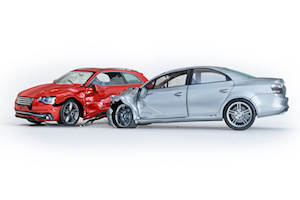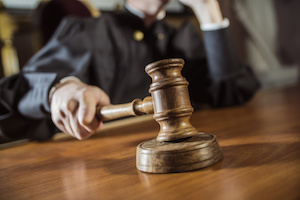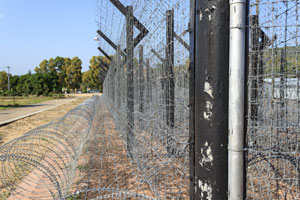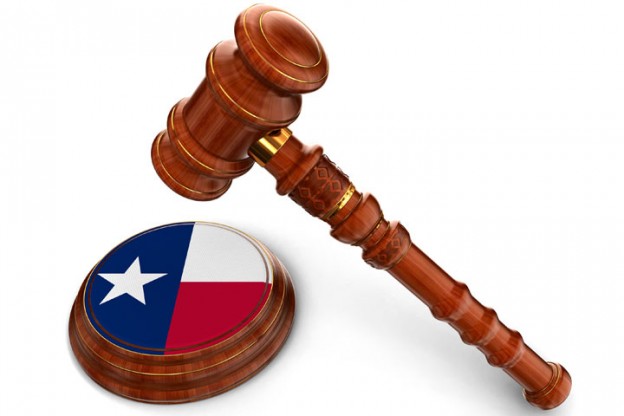A Florida judge in Hillsborough County consolidated eleven lawsuits that Glasso, Inc. filed against GEICO. In each case, Glassco replaced windshields that were damaged in cars insured by GEICO. Glassco took an assignment of the insurance benefits from the car owners and billed GEICO directly for the replacement cost.
The lawsuits alleged that GEICO paid less than the invoiced amount. GEICO admitted that it did not pay the invoices in full. It relied on a clause in its insurance contract that limits its liability to the “prevailing competitive price” for repairs. GEICO contended that Glassco’s billings exceeded the prevailing competitive price for windshield replacements.
To support its claim, Glassco relied on the testimony of owners of businesses that make windshield repairs. Glassco also called an expert witness. The judge agreed with the expert’s opinion and entered judgment in favor of Glassco.
Facts of the Case
At trial, the owner of Glassco and the owners of two competing auto glass companies explained how they determine pricing. They take into account the cost they pay for replacement glass and for the materials (molding, clips, and adhesive) they use to install the glass. They also take into account their labor costs. All of those depend on the make, model, and year of the vehicle that needs a replacement windshield.
To reach a final price, the owners add profit to their costs. To calculate profit, the owners take into account the amounts charged by competitors in their same market. They also consider the charge that most insurance companies will pay without dispute.
The owners of Glassco’s competitors testified that Glassco’s pricing structure was consistent with prevailing market prices. They also testified that 95{d61575bddc780c1d4ab39ab904bf25755f3b8d1434703a303cf443ba00f43fa4} of insurance companies pay their bills without dispute. Glassco has a similar rate of undisputed payment.
Expert Testimony
Barrett Smith testified as an expert witness for Glassco. Smith is an expert in the appraisal of collision damage repair. He operated an auto body repair shop before joining the insurance industry. As a claims adjuster, Smith evaluated collision damages and estimated reasonable repair costs. He returned to the collision repair industry before founding a business that provides expert appraisal and mediation services regarding collision damage.
Smith testified that he was hired to “perform comparative market research regarding the products and services provided in windshield replacement service” and to tender an opinion “as to the prevailing competitive price of the goods and services.” He concluded that Glassco’s prices were competitive and prevailing within its market.
Smith surveyed 24 glass repair facilities to determine their pricing structure. Based on that survey and his considerable experience in the collision repair and insurance industries, he found that Glassco’s prices were at the lower end of the prevailing range of prices in the market.
GEICO’s Defense
GEICO did not contest that Glassco performed the windshield repairs competently. GEICO did not disagree that Glassco was conveniently situated to the owners who brought their vehicles in to be repaired.
GEICO offered no expert testimony. It instead relied on the testimony of a corporate representative who handles glass litigation claims. She testified that GEICO paid invoices according to its own determination of the “prevailing competitive price.” She based her opinion of that price on GEICO’s glass pricing agreement with its affiliate SGC/Safelite.
Court Decision
The court decided that Glassco had the initial burden of offering “substantial, competent evidence to establish its prima facie case for what the prevailing competitive price is” because Glassco could not prove a breach of contract without demonstrating that it invoiced the prevailing competitive price. If Glassco succeeded in making a prima facie case, the burden shifted to GEICO to establish that the invoices exceeded the prevailing competitive price.
Glassco met its burden with industry and expert testimony. In particular, the court credited Smith’s expert testimony that Glassco’s pricing was at the low end of the prevailing range of competitive pricing.
To rebut that testimony, GEICO offered only the opinion of its own employee. The court faulted GEICO’s representative for failing to offer any data to support her conclusory opinion. GEICO’s pricing agreement with a single affiliate did not establish a prevailing price within the industry. The court therefore agreed that GEICO breached its insurance contracts by failing to pay the full amount that Glassco billed for its services.
Lesson Learned
Glassco’s lawsuit illustrates the impact that expert evidence can have in litigation. While Glassco may have prevailed by relying only on the testimony of glass company owners, the court might have regarded that testimony as self-serving, given the owners’ interest in maximizing their profits by forcing GEICO to pay their bills.
By calling an expert witness with years of experience in both the collision repair industry and in the insurance industry, Glassco offered important support for its claims. The expert collected a significant amount of survey data to support his opinion, giving the court a strong basis for understanding the prevailing competitive price structure for auto glass repair. The court’s favorable view of that expert evidence clearly contributed to Glassco’s litigation success.













